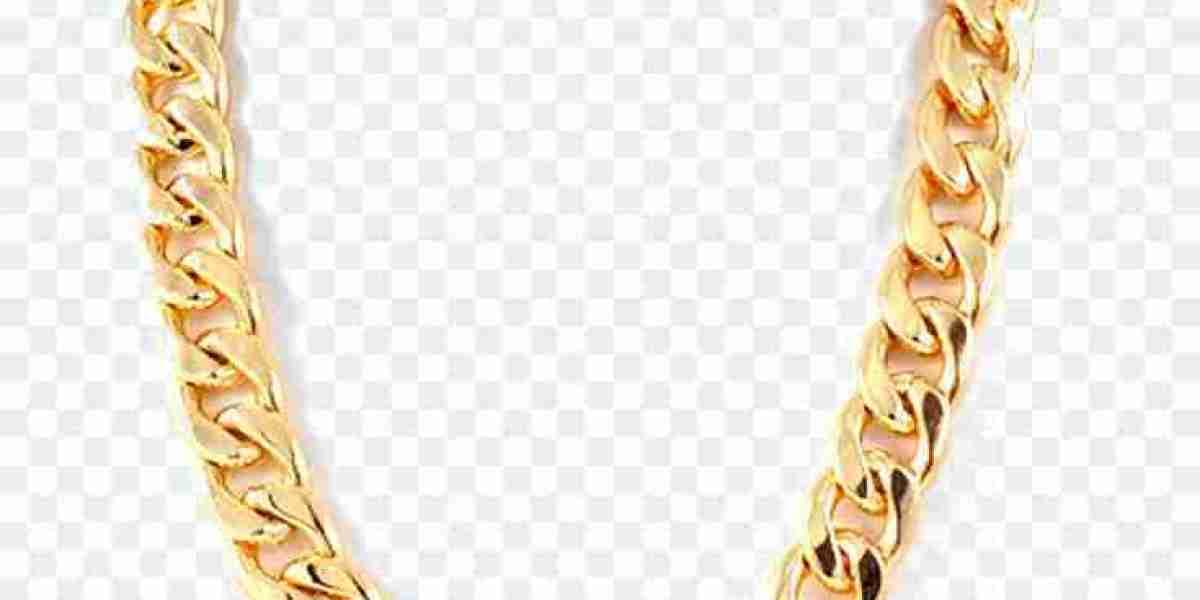Chains have a long and storied history, serving various purposes throughout the ages. Initially used for practical applications like securing objects or restraining individuals, chains have evolved into a prominent fashion accessory that symbolizes strength, rebellion, and style. Let's explore the fascinating journey of chains, from their utilitarian beginnings to their status as iconic fashion statements.
The origins of chains can be traced back to ancient civilizations, where they were primarily used for practical purposes such as securing doors, restraining prisoners, and hoisting heavy objects. In ancient Egypt, chains adorned the necks and wrists of slaves, serving as symbols of captivity and subjugation. Similarly, in ancient Rome, chains were used to bind prisoners and deter escape attempts, reflecting their utilitarian function as tools of restraint.
During the Middle Ages, chains took on symbolic significance in addition to their practical applications. Knights adorned themselves with chainmail armor, which provided protection in battle while symbolizing chivalry and honor. Chains were also used as symbols of authority and status, with kings and nobles wearing ornate chains of office to signify their power and prestige.
The advent of the Industrial Revolution in the 18th and 19th centuries brought about significant advancements in chain manufacturing techniques. Mass production methods allowed for the production of chains on a larger scale, making them more accessible to people of all social classes. Chains were used in various industries, including transportation, construction, and agriculture, where they played vital roles in machinery, equipment, and infrastructure.
In the 20th century, chains emerged as symbols of rebellion and counterculture, particularly within the realm of fashion. The punk movement of the 1970s and 1980s popularized the use of chains as fashion accessories, with punk rockers adorning themselves with chains as symbols of anti-establishment sentiment and individuality. Chains became synonymous with rebellion, defiance, and nonconformity, challenging traditional notions of beauty and style.
Today, chains continue to be a prominent feature in fashion, with designers incorporating them into clothing, jewelry, and accessories to add edge, texture, and visual interest. Chain-link necklaces, bracelets, and belts are popular accessories that add a touch of toughness and sophistication to any outfit. High-end designers have also embraced chains in their collections, using them to create bold statement pieces that command attention on the runway and in the streets.
The symbolism of chains in fashion is as versatile as the accessory itself. While chains can still evoke images of rebellion and defiance, they can also symbolize strength, resilience, and empowerment. Chains are often worn as reminders of overcoming obstacles or breaking free from constraints, serving as talismans of personal empowerment and liberation.
From their utilitarian origins to their status as iconic fashion accessories, chains have undergone a remarkable evolution throughout history. What began as simple tools of restraint and security has evolved into a symbol of strength, rebellion, and style. As fashion continues to evolve and reinvent itself, one thing remains certain: the timeless allure of chains will continue to captivate and inspire generations to come, serving as powerful symbols of individuality, expression, and empowerment.







